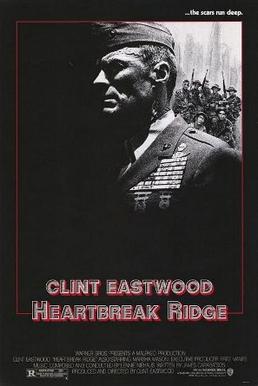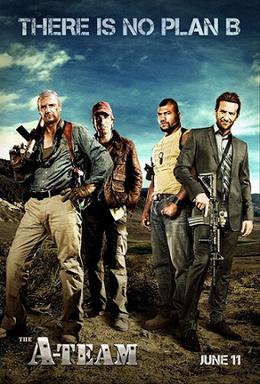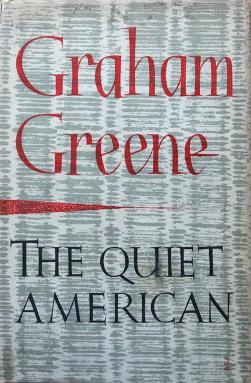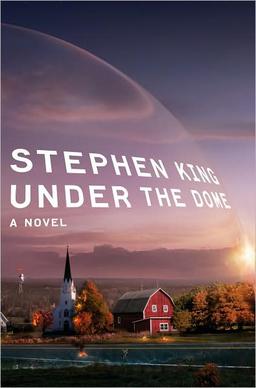Upon his return to an Old West mining camp, ex-bounty hunter Gashade (Warren Oates) learns from his dim-witted friend Coley (Will Hutchins) that his brother has been implicated in a murder. The two are then hired by a mysterious young woman (Millie Perkins) to lead her to a town called Kingsley. Along the way, they are joined by Spear (Jack Nicholson), an ominous hired gun. As water and horses run low, mistrust grows among the reluctant traveling companions.
Produced by Nicholson, written by Carole Eastman, and directed by Monte Hellman, The Shooting is a gem of a low-budget Western that nearly never got made. Oates’ clashes with Nicholson and Hellman, Nicholson’s insistence on sticking to a $75,000 budget, and an inability to find a distributor almost doomed this project to the status of “might have been.” Fortunately, like other chaotic, free-wheeling productions of the 1960s, it came together and defied expectations.
To start with, The Shooting is incredibly tense. The pace is slow, but the repetitive, Hitchcockian score and the rugged desert landscapes create an almost palpable sense of mounting suspense and paranoia from start to finish. This is the kind of movie where the viewer feels like anything could happen.
Though dialogue is minimal, the cast is more than game. Oates is in good ornery form as Gashade and a young Nicholson is downright creepy as Spear. Perkins – Hellman’s next door neighbor – portrays the unnamed woman with an air of haughty determination, while Hutchins gives Coley a nervous, wide-eyed energy.
All of these elements very nearly compensate for the fact that the film has virtually no plot in the traditional sense. The backstory is hazy at best and what happens on screen is frequently left unexplained. The sense of mystery obviously heightens the drama, but not knowing the where and the why of the journey will leave some viewers all too conscious of the fact that they are being manipulated. Additionally, the ending offers an interesting twist, but some will undoubtedly think a bigger payoff is in order.
Often cited as the first Acid Western, The Shooting is a tense, sparse, difficult slice of existential filmmaking rendered all the more impressive by the challenges behind its creation.
7.75/10









